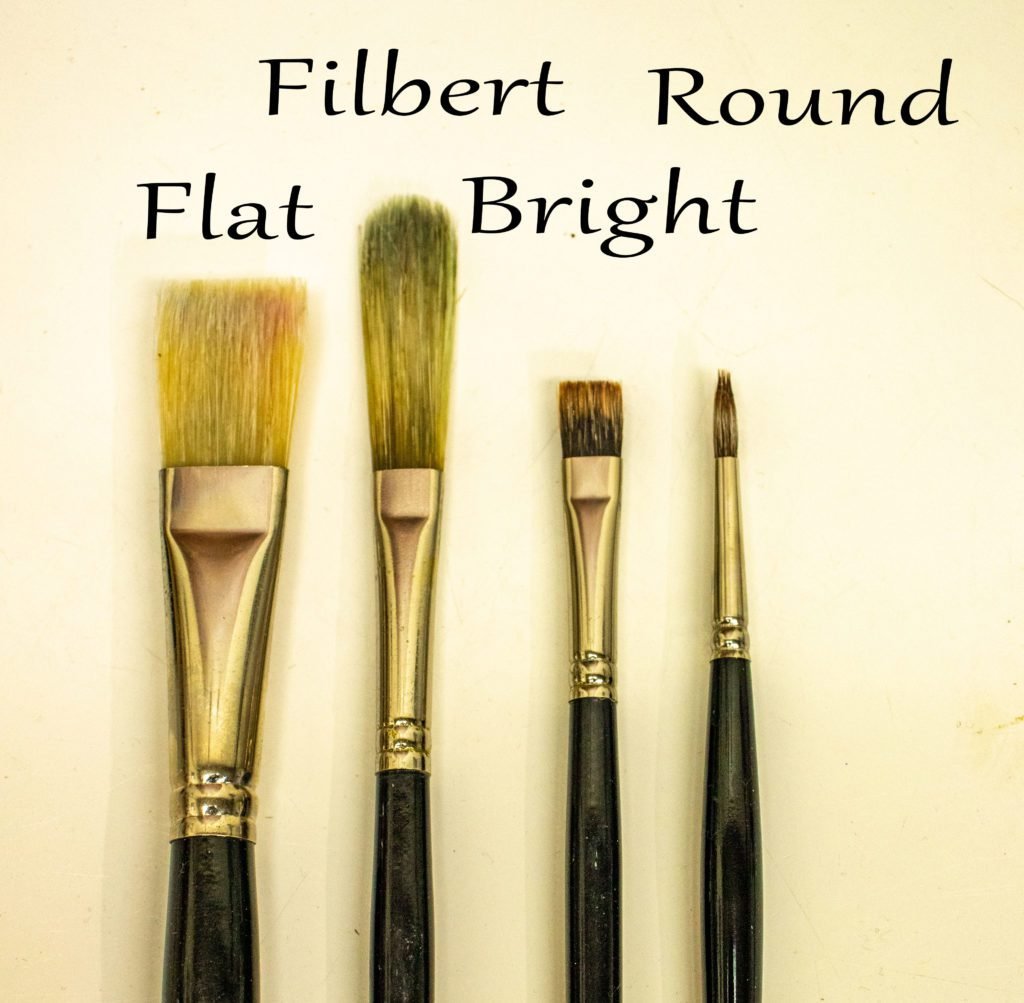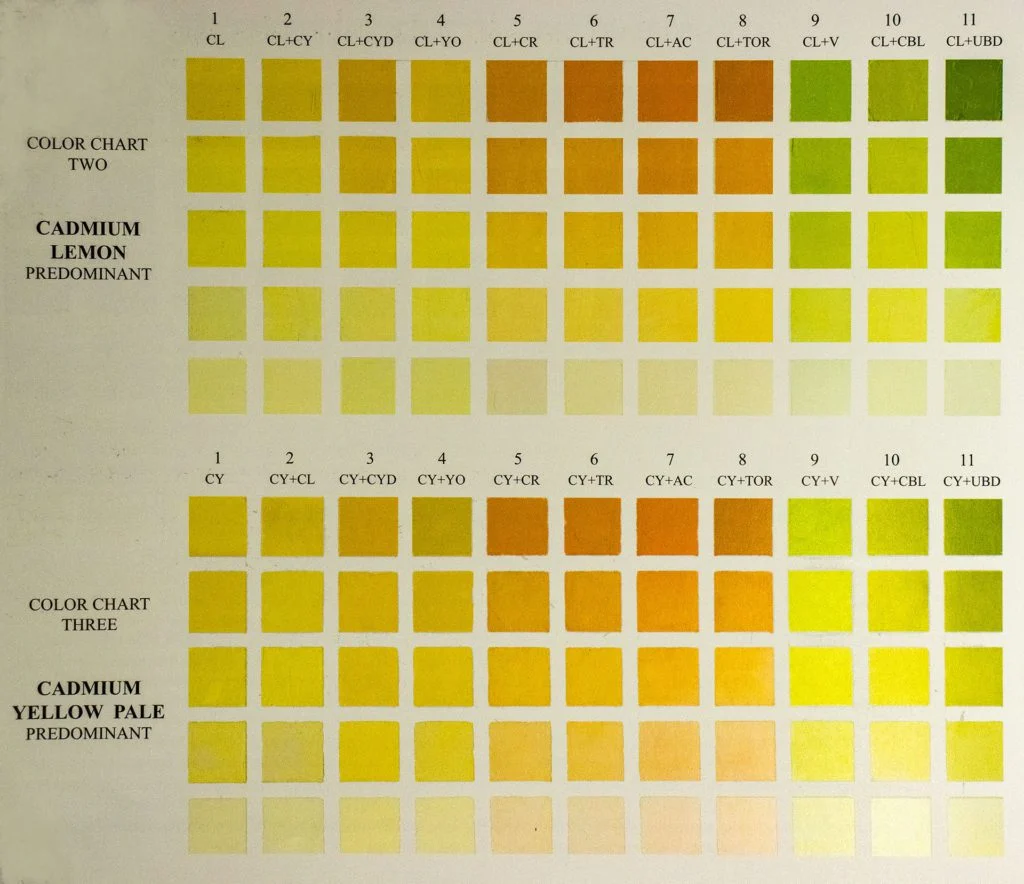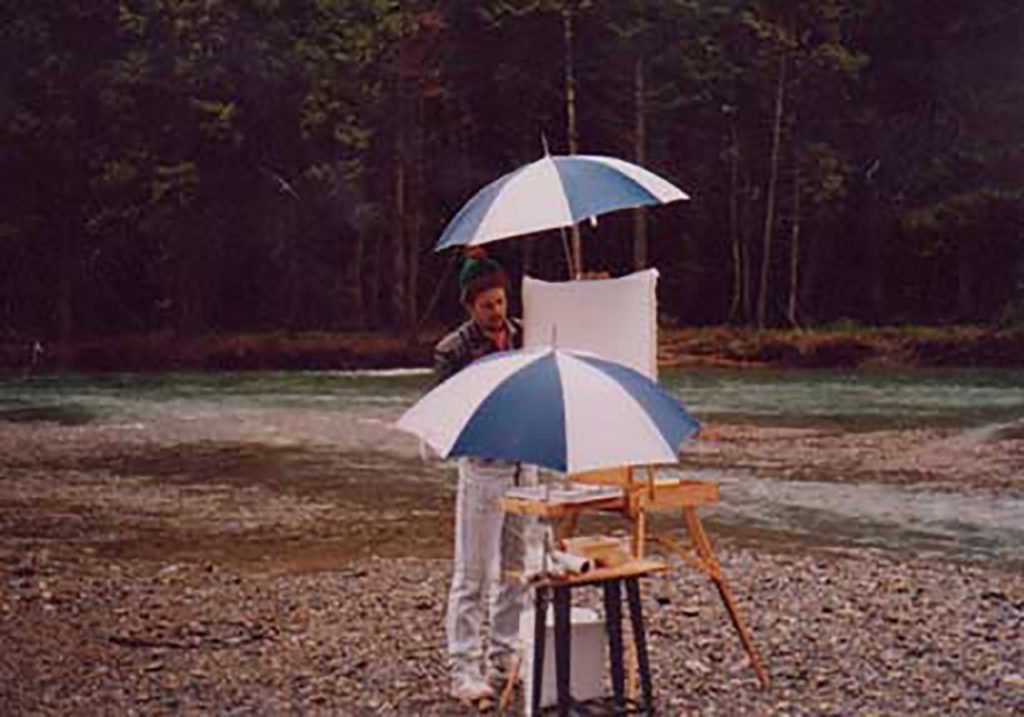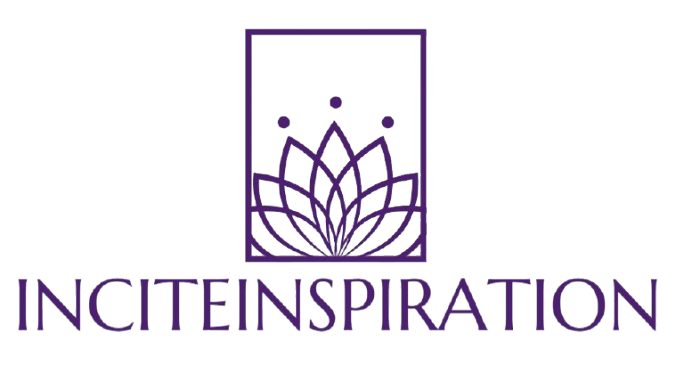Oil painting offers an expansive world of creative possibilities—from bold, impasto textures to delicate, transparent glazes—that can transform an artist’s vision into a lasting work of art. For those starting their journey with oil paints, the experience can be as daunting as it is rewarding. But don’t worry: you don’t need to know every technical term or every advanced technique to get started. Below are five practical tips that will help you navigate the world of oil painting, allowing you to experiment confidently and create with passion.
1. Prioritize Your Studio Safety
A common misconception among beginners is that oil painting is inherently toxic. In truth, high-quality oil paints are made from natural oils—such as linseed, walnut, poppyseed, or safflower—and non-toxic pigments that rival the safety of materials used in watercolor or acrylics. The potential hazard typically lies not in the paints themselves, but in the solvents often used for thinning them or cleaning brushes. If you steer clear of harmful solvents like turpentine—opting instead for safer alternatives such as Gamsol or solvent-free mediums like Oleogel or Walnut Oil Gel—you can create a well-ventilated studio space that is both healthy and inspiring.
Remember, wearing gloves during prolonged sessions isn’t about preventing paint absorption through your skin; it’s often just a practical solution for easier clean-up. With the right precautions, you can enjoy oil painting without worry, focusing fully on your creative process.
2. Choose the Right Paintbrushes
Selecting proper paintbrushes is crucial for translating your ideas onto canvas, especially if you’re new to oil painting. There’s a vast array of brushes available—each with unique characteristics that suit different techniques. While many seasoned artists swear by specific brands like Rosemary & Co., the best approach for beginners is to experiment with one or two brushes from different makers until you find the textures and responses that work best for your style.

For instance, flat brushes, known for their long bristles, are excellent for broad, confident strokes and layering thick impasto. Alternatively, brushes with a slightly rounded edge—often the result of worn flats, known as filberts—offer a softer transition and are ideal for rendering natural forms such as tree foliage. Don’t shy away from trying even inexpensive hardware store brushes for covering larger areas, but be mindful that durability and precision are key factors. Over time, as you refine your technique, you’ll discover which type of brush best enhances your personal expression.
3. Build a Versatile Oil Paint Palette
The world of oil paints can be overwhelming given the endless choices of colors and pigments. However, an effective palette need not be an extravagant collection. Many experts advise starting with a limited selection of primary hues—such as a warm lemon yellow, a vibrant quinacridone magenta, and a deep phthalo blue—plus white. This modest set allows for a wide range of color mixing and will help you learn the fundamentals of color harmony without unnecessary complication.

As your skills develop, you may add a few complementary colors like ochres or greens to enrich your palette further. Experimentation is key: create color charts by mixing each color with white and with one another, observing the value transitions. Some painters even prefer to mix their own darks rather than use black, as this offers a deeper, more controlled range of shadow tones. Over time, you’ll begin to understand which pigments truly resonate with your vision and how they interact under different lighting conditions.
4. Hone Essential Drawing Skills
While oil painting is celebrated for its expressive quality, solid drawing skills lay the foundation for any great work. The ability to capture light, shadow, and proportion allows you to bring realism—or a deliberate stylization—to your subjects. Beginners need not strive for perfect draftsman-level precision; instead, focus on developing a keen eye for composition and perspective. Regularly practicing from life or setting up still-lifes in your studio will build the muscle memory necessary for confident brushwork.

Life drawing sessions, whether with a model or through observational studies of everyday objects, sharpen your ability to perceive subtle transitions in value and form. A basic understanding of one- and two-point perspective is also invaluable, especially for landscape or interior compositions. The more you practice, the more naturally these drawing skills will integrate into your painting process.
5. Embrace the Joy of Painting from Life
There’s an irreplaceable magic in painting directly from life. Although photos can serve as an accessible reference, capturing a scene in real time allows you to experience the fleeting nuances of light, color, and atmosphere. Whether you choose to paint outdoors, known as plein air painting, or set up a window view in your home, the direct observation hones your ability to render dynamic effects that photos rarely convey.

Many contemporary painters embrace the “alla prima” technique—completing a painting in one session while the medium is still wet—to capture the immediacy and energy of a live scene. This method promotes spontaneity and keeps your work fresh, even when revisiting familiar subjects. Experiment by painting the same subject at different times of the day; as witnessed in the works of Monet or the prolific studies of modern artists, even a simple scene can transform dramatically under changing light.
In Conclusion
Starting with oil painting doesn’t require mastery of every term or technique from the outset. By focusing on studio safety, selecting the right tools, building a versatile color palette, developing essential drawing skills, and painting from life, you lay a strong foundation for your artistic journey. Oil paints offer a timeless quality—capable of lasting hundreds of years—with each stroke imbued with both passion and possibility. So, take a deep breath, load your brush, and dive in. Every challenge is an opportunity to learn, to experiment, and to create something uniquely yours. Happy painting!

